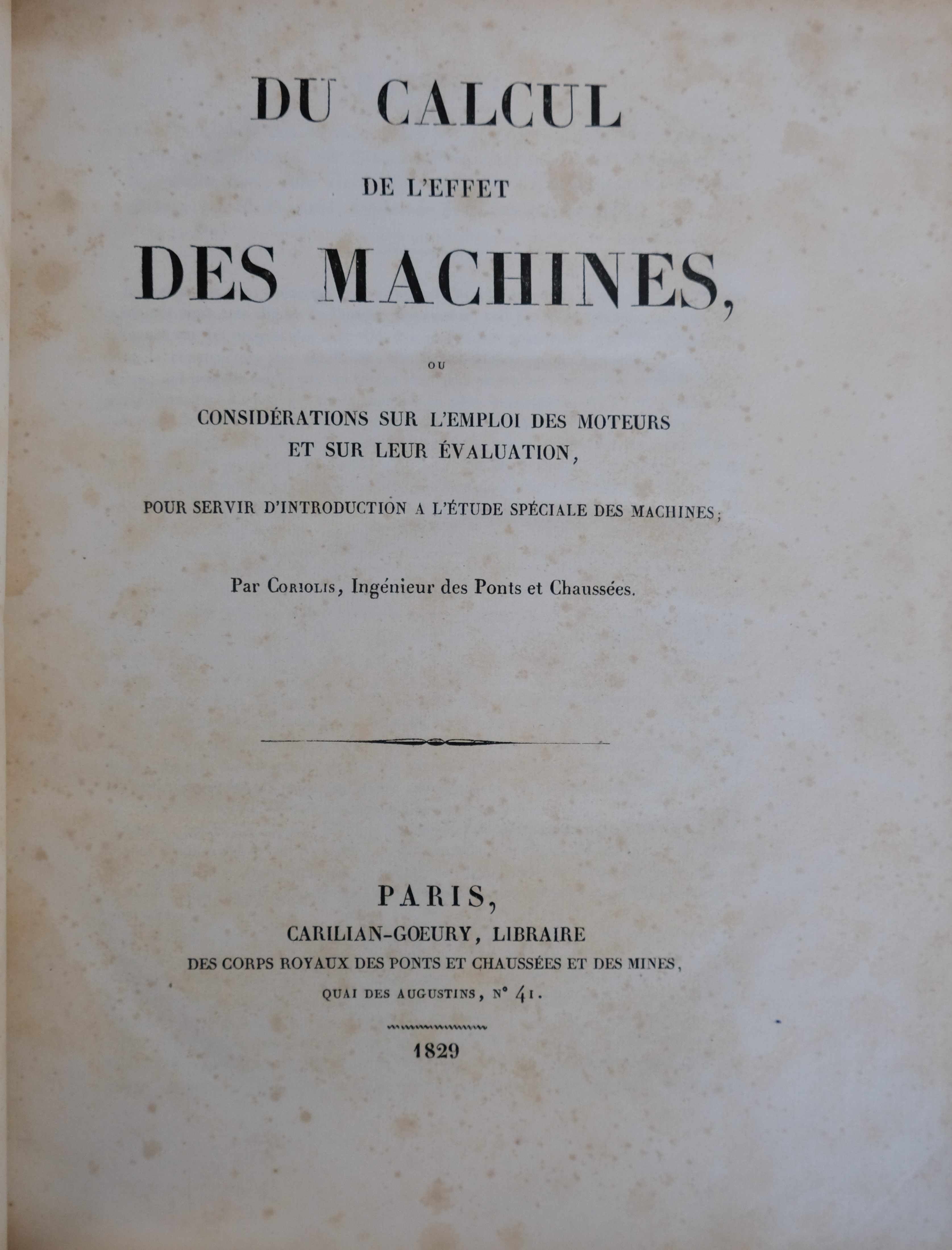|
Coriolis
Coriolis may refer to: * Gaspard-Gustave de Coriolis (1792–1843), French mathematician, mechanical engineer and scientist * Coriolis force In physics, the Coriolis force is a pseudo force that acts on objects in motion within a frame of reference that rotates with respect to an inertial frame. In a reference frame with clockwise rotation, the force acts to the left of the motio ..., the apparent deflection of moving objects from a straight path when viewed from a rotating frame of reference * Coriolis (crater), a lunar crater * Coriolis (project), a French operational oceanographic project * Coriolis (satellite), an American Earth and space observation satellite launched in 2003 * Coriolis effect (perception) {{disambiguation ... [...More Info...] [...Related Items...] OR: [Wikipedia] [Google] [Baidu] |
Coriolis Force
In physics, the Coriolis force is a pseudo force that acts on objects in motion within a frame of reference that rotates with respect to an inertial frame. In a reference frame with clockwise rotation, the force acts to the left of the motion of the object. In one with anticlockwise (or counterclockwise) rotation, the force acts to the right. Deflection of an object due to the Coriolis force is called the Coriolis effect. Though recognized previously by others, the mathematical expression for the Coriolis force appeared in an 1835 paper by French scientist Gaspard-Gustave de Coriolis, in connection with the theory of water wheels. Early in the 20th century, the term ''Coriolis force'' began to be used in connection with meteorology. Newton's laws of motion describe the motion of an object in an inertial (non-accelerating) frame of reference. When Newton's laws are transformed to a rotating frame of reference, the Coriolis and centrifugal accelerations appear. When applied ... [...More Info...] [...Related Items...] OR: [Wikipedia] [Google] [Baidu] |
Gaspard-Gustave De Coriolis
Gaspard-Gustave de Coriolis (; 21 May 1792 – 19 September 1843) was a French mathematician, mechanical engineer and scientist. He is best known for his work on the supplementary forces that are detected in a rotating frame of reference, leading to the Coriolis effect. He was the first to apply the term ''travail'' (translated as " work") for the transfer of energy by a force acting through a distance, and he prefixed the factor ½ to Leibniz's concept of '' vis viva'', thus specifying today's ''kinetic energy In physics, the kinetic energy of an object is the form of energy that it possesses due to its motion. In classical mechanics, the kinetic energy of a non-rotating object of mass ''m'' traveling at a speed ''v'' is \fracmv^2.Resnick, Rober ...''. Biography Coriolis was born in Paris in 1792. In 1808 he sat the entrance exam and was placed second of all the students entering that year, and in 1816, he became a tutor at the École Polytechnique, where he d ... [...More Info...] [...Related Items...] OR: [Wikipedia] [Google] [Baidu] |
Coriolis (crater)
Coriolis is a lunar impact crater that is located on the far side of the Moon. The crater floor is bisected by the lunar equator, and it lies about three crater diameters northwest of the crater Daedalus. The rim of this formation is somewhat eroded, and several small craters lie along the edge. The northern rim is somewhat damaged, and has a slight outward bulge and depression in the side. The interior floor has small craters along the eastern and southern inner walls. There are also some low hills near the mid-part of the floor. Satellite craters By convention, these features are identified on lunar maps by placing the letter on the side of the crater midpoint that is closest to Coriolis. Satellite craters photographed by Apollo 11 Apollo 11 was a spaceflight conducted from July 16 to 24, 1969, by the United States and launched by NASA. It marked the first time that humans Moon landing, landed on the Moon. Commander Neil Armstrong and Lunar Module pilot Buzz Aldrin ... [...More Info...] [...Related Items...] OR: [Wikipedia] [Google] [Baidu] |
Coriolis (project)
Coriolis involves 7 institutes in operational oceanography in France (CNES, CNRS, Ifremer, IPEV, IRD, Météo-France, Shom The Naval Hydrographic and Oceanographic Service ( or SHOM) is a French public establishment of an administrative nature () administered by the Ministry of Armed Forces. It is the successor to the Dépôt des cartes et plans de la Marine, founded ...) decided in 2001 to joint their efforts within Coriolis in order to: * organise and maintain data acquisition in real-time and delayed mode of in-situ measurements necessary for operational oceanography. * Set up an operational in-situ data centre, * develop and improve the technology necessary for operational oceanography. Context Data useful for operational oceanography, are obtained by diverse means including in-situ (ships, drifters, floats, moorings, etc.) and satellites. They come in very different forms, from a single variable measured at a single point to multivariate, four-dimensional collections ... [...More Info...] [...Related Items...] OR: [Wikipedia] [Google] [Baidu] |
Coriolis (satellite)
The Coriolis satellite is a Naval Research Laboratory (NRL) and Air Force Research Laboratory (AFRL) Earth and space observation satellite launched from Vandenberg Air Force Base, on January 6, 2003, at 14:19 GMT. Instruments WINDSAT ''WINDSAT'' is a joint Integrated Program Office/Department of Defense demonstration project, intended to measure ocean surface wind speed and wind direction from space using a polarimetric radiometer. WINDSAT was developed and managed by the Space Test Program at Kirtland AFB in New Mexico, designed for a three-year lifetime. It is primarily designed to measure ocean surface wind direction ( nonprecipitating conditions) with a 25-km spatial resolution. Secondary measurements are Sea surface temperature, soil moisture, rain rate, ice and snow characteristics and water vapor. Solar Mass Ejection Imager (SMEI) The ''Solar Mass Ejection Imager'' (SMEI) is an instrument intended to detect disturbances in the solar wind by means of imaging sca ... [...More Info...] [...Related Items...] OR: [Wikipedia] [Google] [Baidu] |


